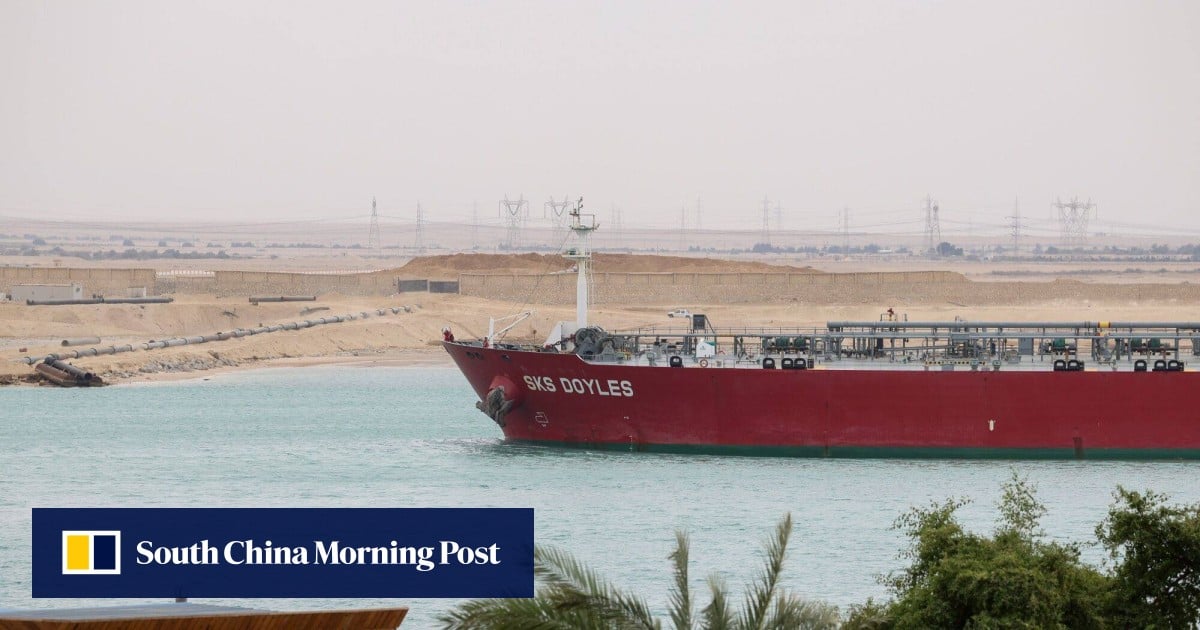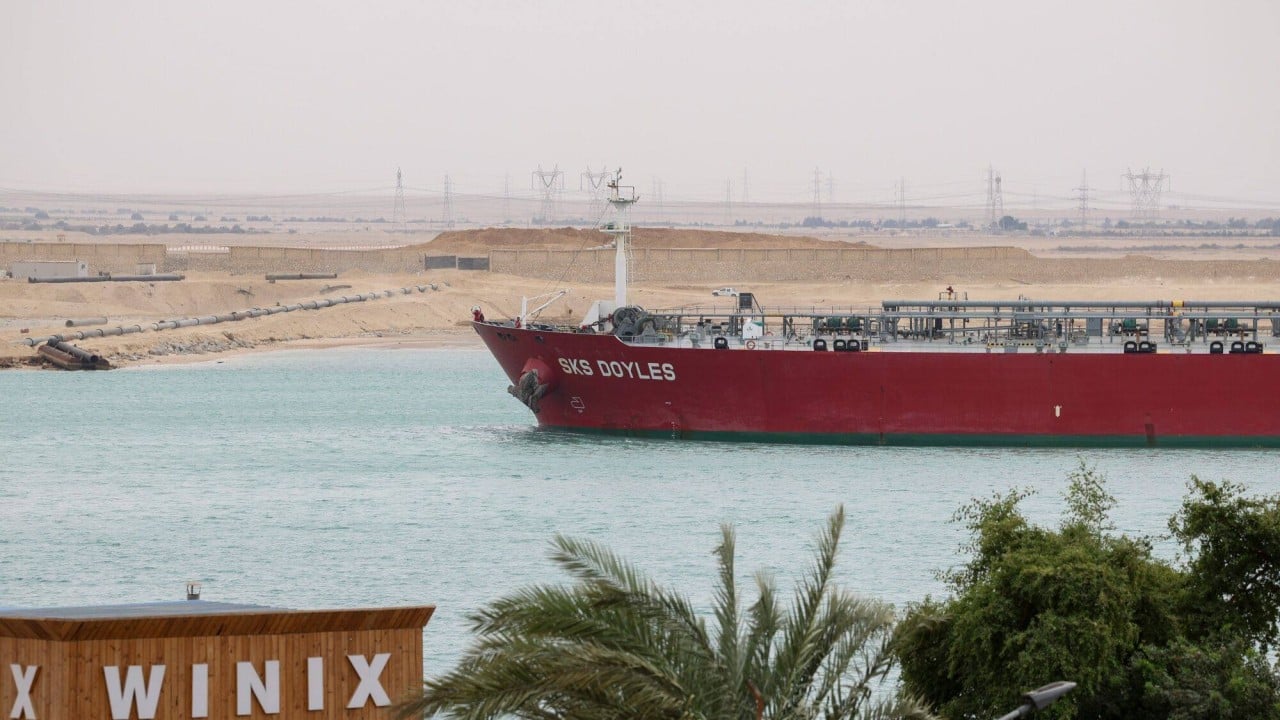
18 Jan Chinese plastic makers’ bets on cheap US gas are foiled by disruptions at Panama and Suez

The Chinese petrochemical sector’s bet on profiting from a steady supply of cheap US gas to make plastics is quickly going awry, as twin choke-points for shipping upend trade flows and drive up costs.
China has invested heavily in its petrochemical industry in recent times. But the massive expansion in capacity accelerated last year just as the Chinese economy was stuttering, slowing consumption and creating a glut of plastics across Asia. A large proportion of the new plants use propane, which is mostly imported from the US.
That is posing a fresh challenge as shipping crises in the Panama Canal and the Red Sea raise freight costs and curb access to US supplies. As a result, the new wave of budding players that employ propane dehydrogenation (PDH) technology – once seen as a promising corner of the petrochemical sector – are being forced to scale back.
“These two shipping incidents will hit China’s PDH sector quite badly,” said Larry Tan, the lead Asia-Pacific chemicals analyst at S&P Global.
Traditionally, petrochemicals are produced by cracking naphtha, a refined oil product. PDH is an alternative that is been gaining popularity, particularly in China, on the promise of cheap gas supplies from the US, where the boom in shale production would provide ample exports. PDH plants use propane, a type of liquefied petroleum gas (LPG), to make propylene, the raw material for many plastics, industrial chemicals and additives.
“Many new projects that were scheduled to come online in the second half of 2023 were delayed,” said Parsley Ong, head of Asia energy and chemicals research at JPMorgan Chase & Co. PDH plants were running at near record-low run rates of around 60 per cent in December, she said.
Some 44 per cent of the new propylene-producing capacity set to open in China from 2020 to 2025 will be based on PDH, according to JPMorgan. In December, margins at those plants fell to an average of US$55 a tonne in North Asia, compared to nearly US$200 the year before, according to S&P Global Commodity Insights.
From 2016 to 2020, PDH plants were generating a positive return on investment, said S&P Global’s Tan. “If you were cracking naphtha instead of liquefied petroleum gas, you were placing yourself at a disadvantage,” he said. However, that cost advantage has since shrunk as naphtha prices have fallen.
The sector is now bracing for another hit from the disruptions at the Panama and Suez canals. The channels serve as short cuts for tankers plying the trade between the US and Asia, the world’s largest gas exporter and importing region. But low water levels on the former and escalating Mideast tensions affecting the latter have snarled the shipping lanes.
Taking the Panama Canal is usually the shortest route and 80% of the gas cargoes sailed through the channel in 2022, Kpler data show. Now, tankers have to avoid Suez as well, with 77 per cent of shipments to Asia this month forced to round the Cape of Good Hope instead, according to the data.
The result is longer journey times and higher freight rates that China’s PDH sector can ill-afford.
“Margins is likely to stay in break-even or loss-making territory for most of 2024,” said JPMorgan’s Ong, adding that smaller or older units may need to shut down.
